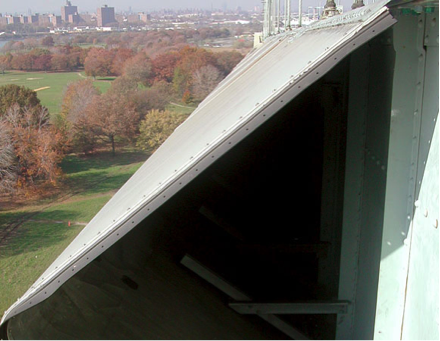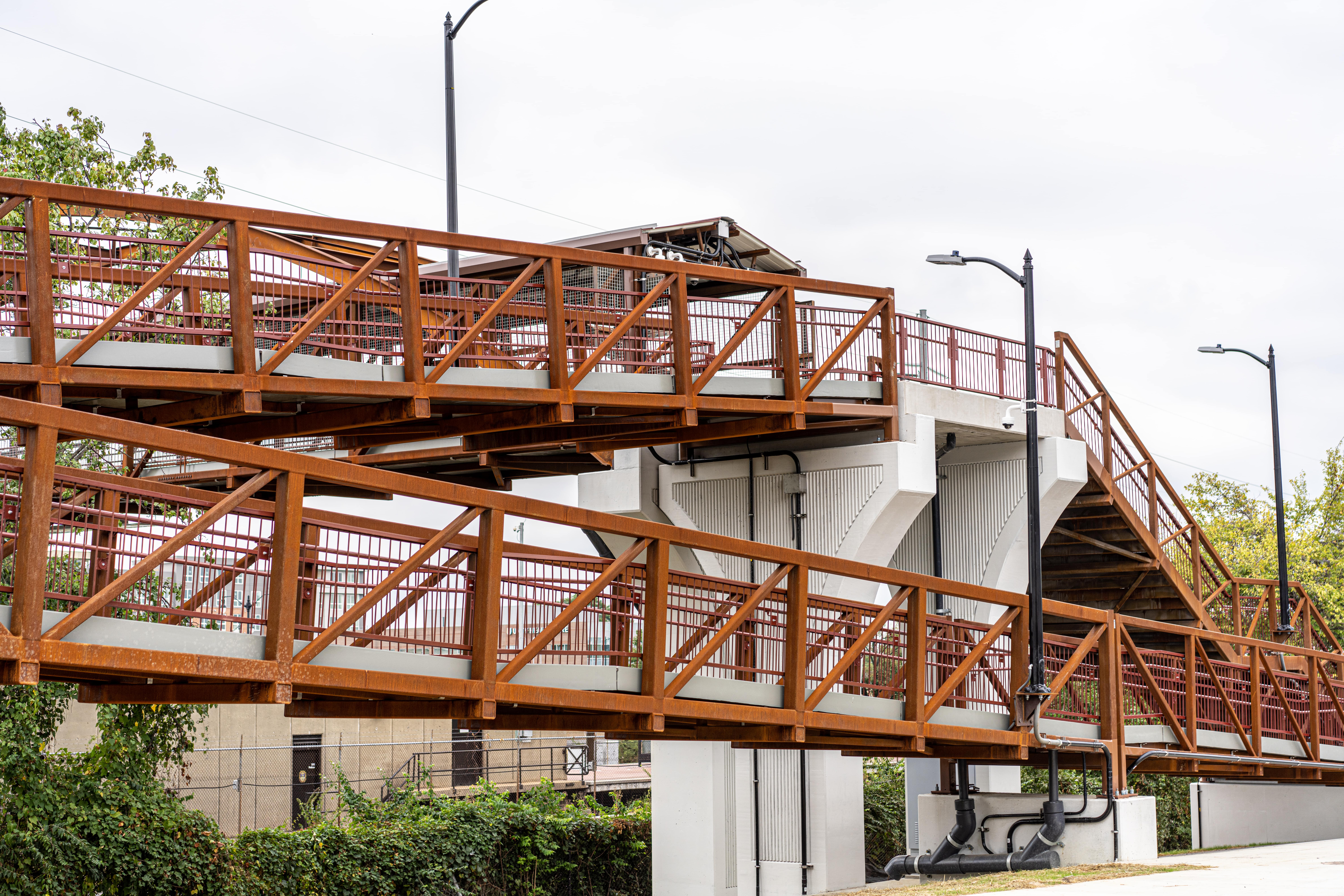
Composite Advantage has been working hard on wind fairings destined for the Sarah Mildred Long Bridge that spans the Piscataqua River between Maine and New Hampshire. You may be asking, "Wait - what's a wind fairing?" Wind fairings are simple triangular convex-concave structures that are attached to bridges to deflect potentially-damaging strong winds. Let's explore.
After the collapse of the Tacoma Narrows Bridge in 1940, engineers and researchers looked for ways for bridges to better withstand weather phenomena like tornadoes, hurricanes or simple windstorms - anything that could excite the resonance frequency of a bridge. Over the years, engineers added steel braces to bridges to stabilize them when wind conditions were a concern. Unfortunately, as traffic counts and truck loadings increase, this extra weight becomes less feasible.
The Transportation Research Board has found that wind fairings offer multiple benefits for bridges, including:
- Lower costs for scour prevention and bridge maintenance
- Greater protection for bridge piers and abutments against any impact loads
- Most importantly, reducing the chance of bridge failure
Given the desire to minimize weight, fiber reinforced polymer (FRP) composite materials are the perfect choice for wind fairings. FRP wind fairings are lightweight and long lasting. As our FRP wind fairings are ready to be installed on the aforementioned Sarah Mildred Long Bridge, we'll take a look at wind fairings (past and current) in our next few blogs.

